 |
| Party like it's 1987. |
This means that it is the BEST Justice League. Screw all the others.
As a basic rule of thumb, if the stories are by Keith Giffen and J. M. DeMatteis - they are JLI.
The Justice League "International" era began with Justice League #1 (May 1987), and only got technically renamed to Justice League International with Issue #7, and was re-re-named to Justice League America with Issue #26 (the team split and also formed the spin-off Justice League Europe). Although the title Justice League America would run all the way until Issue #113 in 1996, the hilarious slapstick tone ended with Issue #60 (when Giffen and DeMatteis left), and thus ended the "JLI" era.
Here are the JLI Members introduced between issues #1 and #60, ranked. Batman, Black Canary and Martian Manhunter are not included because, even though they were Members for part of the JLI run, their participation in the Justice League pre-dated the JLI era.
Honorable Mention: Maxwell Lord
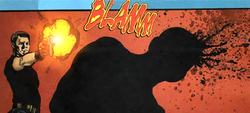 |
| 40 illogical plot twists eventually leads to Blamm. |
18. Tasmanian Devil
The final new Member introduced during the course of the JLI era, he only joined the team in JLI's 16-issue crossover closeout story line "Breakdowns." He suffers from having a much more famous and interesting cartoon already named after him. He's basically like a werewolf, but a Were-Tasmanian-Devil.
17. Lightray
Pretty identical to Orion (see below), as a Jack Kirby Fourth World / New Gods comic character that was just haphazardly added to the JLI. But a lot less famous than Orion.
 |
| Yep, this happened. |
There were actually two Doctor Fates in JLI. In issue #31, Doctor Fate becomes a lady and gets on the cover of the issue with a "sexy how does this skintight outfit even work with my insanely exaggerated body shape" pose. Pretty forgettable.
15. Orion
Orion pre-dated the JLI by a lot of years and was already a famous character from the Jack Kirby Fourth World / New Gods comics. Was sort of just thrown in to the JLI and only had a short stint.
14. Hawkman (Fel Andar)
One of several Hawkmans to be part of the Justice League over time, but the only one during the JLI era. Joined the same issue as Hawkgirl and eventually revealed/retconned to be a secret spy/operative/traitor. I guess that's a little interesting, huh?
13. Hawkwoman (Sharon Parker)
There are several iterations of Hawkgirl, and this version was retconned to be Sharon Parker, who joined with Hawkman in JLI #19 before eventually being killed off later. Meh.
12. Huntress
 |
| She kicks ass. Just not necessarily in JLI. |
Helena Bertinelli is extremely famous as a Member of the Birds of Prey. She is not so famous for her run in the JLI.
11. General Glory
Was created as a parody of Captain America, as a blast from the past with exaggerated "patriotic values" and a boy sidekick. The "fish out of water" joke was actually pretty funny when he was introduced in January of 1991, and in the Marvel movies of the 2010s they actually sort of steal some of the ideas behind the jokes about Captain America being out of his time from General Glory. Pretty unimportant in the overall run, but funny enough to get ranked above some more familiar names.
10. Doctor Fate (Kent Nelson)
One of two versions of the sorcerer character in JLI, Dr. Fate was originally an archeologist in the 1920s who opened an Ancient Egyptian tomb and got crazy powers. The character dates all the way back to 1940 (although his origin and powers weren't explained at the time). He was extensively used through DC comics before Giffen and DeMatteis got their hands on him, making him a founding Member of the rebooted 1987 lineup. He's alas still pretty boring though.
9. Captain Atom
The original version of Captain Atom was Allen Adam, and goes back to Charlton Comics in 1960. DC Comics eventually bought out Charlton and took a number of the characters, with the Nathanial Adam version being introduced in 1987. He joined in JLI Issue #7, the very issue it was lightly rebooted and given the "International" name.
8. Captain Marvel
Billy Batson, now more commonly called "Shazam" by DC Comics rather than his original "Captain Marvel" moniker, the the same character who starred in the Shazam movie which just came out in the theaters. The history of the character and legal issues with the name is too convoluted to fully include here - but the basic story is that the character was a generic Superman ripoff in 1939 by Fawcett Comics, abandoned in the 1950s, brought back by DC Comics in the 1970s, and so on. He's a young boy who can turn himself into a superhero by shouting "Shazam!" Surely you've heard of him, right? Giffen and DeMatteis used Captain Marvel as one of their founding members of the rebooted JLI in 1987, with him filling in the goofy do-gooder mom-and-apple-pie role that Superman had previously played. As with other characters like Doctor Fate and Captain Atom, their comedic run in JLI was good, but they are all much more associated with DC Comics stories rather than the JLI ones.
7. Mister Miracle
Scott Free, like Orion and Lightray, was from Jack Kirby's Fourth World comics and was originally more associated with darker storylines involving wars with Darkseid in the 1970s. However, unlike Orion and Lightray, Mister Miracle was an original team member of the JLI and wasn't just pinholed in later. In the humorous JLI reboot of his character, he was depicted living with his family in suburbia life rather than fighting the forces of Apokolips. Which is an awesome high concept of a thing to do.
.png) |
| A non-evil Dr. Light. |
6. Doctor Light
There have been a few Dr. Lights in DC Comics, both villains and heroes. This one is Kimiyo Hoshi, a brilliant Japanese Astronomer who is hit with a beam of space energy and gets photonic (light) powers. Cool. Also a good first step in diversifying lilly-white-ass-and-male comics by having an Asian female join the team. Her "I'm not an American" backstory is another reason why the JLI even existed at all, and she was a founding Member of this newly rebooted global team.
5. Rocket Red (Various)
Technically the "Rocket Reds" are an entire brigade of Russian superheroes who debuted in the "Glasnost" era of history (when the Soviet Union was becoming more open and making peace with the West). Rocket Red was actually one of the reasons why Justice League International ever even became International, as instead of Russian characters being featured as villains in the comics, the stories now featured American and Russian heroes fighting on the same side. There were technically two Rocket Reds in the JLI era. The first one, Rocket Red 7 (Vladimir Mikoyan, who joined Issue #7), was revealed as an evil extraterrestrial robot spy (a Manhunter, not too dissimilar from the Sentinels in Marvel Comics). He was exposed and destroyed two issues later. The next JLI Rocket Red (Rocked Red 4) was Dimitri Pushkin, who replaced the fake one in JLI Issue #11.
4. Green Lantern (Guy Gardner)
No, not that Green Lantern. Not that Green Latern either. Not even the other one. The Guy Gardner version of Green Lantern may not be the most famous, but he is certainly the most hilarious. He's pretty much a deconstructed archtype of an entitled, jingoistic, douchey American male. Guy Gardner is a character that SCREAMS Justice League International, and will always be associated with the team.
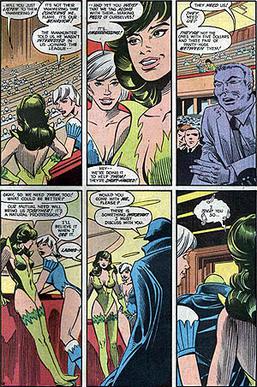 |
| You can read none of this, but whatever. |
Fire (Beatriz da Costa) and Ice (Tora Olafsdotter) joined the JLI in Issue #14. They both predated the JLI and had other names (Green Fury and Green Flame for Fire; Icemaiden for Ice) before being thrown together as the lady-buddy-comedy counterpoint to Blue Beetle and Booster Gold (see below). They are awesome. Fire has fire powers. Ice has ice powers. Are these the most original powersets in comics history? No. But this duo really worked well together. Although both dated male characters during the course of the JLI's run - subtle lesbian tension was the highlight of this duo's relationship in the not-quite-ready-for-this era of the late 80's and early 90's.
2. Blue Beetle
The Ted Kord Blue Beetle was a generic Batman ripoff when he was created by Charlton Comics in 1966 (itself just a reboot of an even more boring version of Blue Beetle dating back to Fox Comics in 1939). Fortunately, Giffen and DeMatteis knew exactly how to make fake Batman interesting by having almost the entirety of the JLI run be a Ted Kord and Booster Gold buddy comedy about two jokey superheroes saving the day while also being hilariously incompetent and petty. Good stuff. Blue Beetle was a founding member of the new 1987 JLI, which is strange because Batman was also in it too at the same time. He was basically the same character (millionaire playboy inventor with cool gadgets who dresses up as an animal that nobody really cares for) as Bruce Wayne, except Bruce was depicted as a stiff, humorless dorkwad while Ted was a fun-loving weirdo who you could have some beers with.
.jpg) |
| If Doctor Who was an even bigger douche. |
Booster Gold is a time traveling football player from the future who was disgraced for throwing football games. His life a failure, he stole a time machine to go to the past and use his future technology (as well as his knowledge of the future) in order to become a show-boating, glory hound superhero with scrupulous moral values. He is pretty much the greatest comic character ever, and his buddy stories with Blue Beetle define the JLI era. Most people think he was an original JLI Member, although he actually only joined the team in Issue #4.

.jpg/800px-%E3%83%81%E3%83%A7%E3%82%B3%E3%83%9F%E3%83%B3%E3%83%88_(3555717567).jpg)
.jpg/1024px-Baskin-Robbins_Rocky_Road_Ice_Cream_on_cone_(27325869452).jpg)


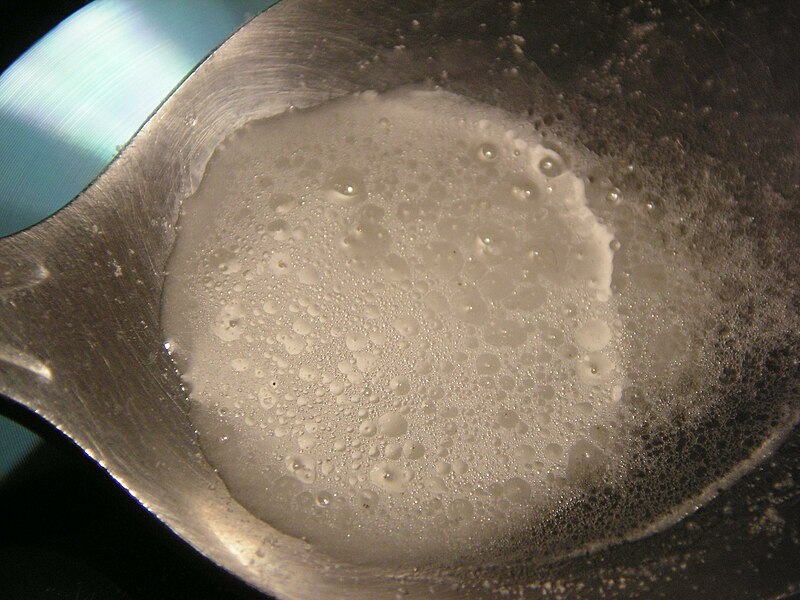

.jpg/1280px-Assorted_Nigiri_-2_(9865148706).jpg)
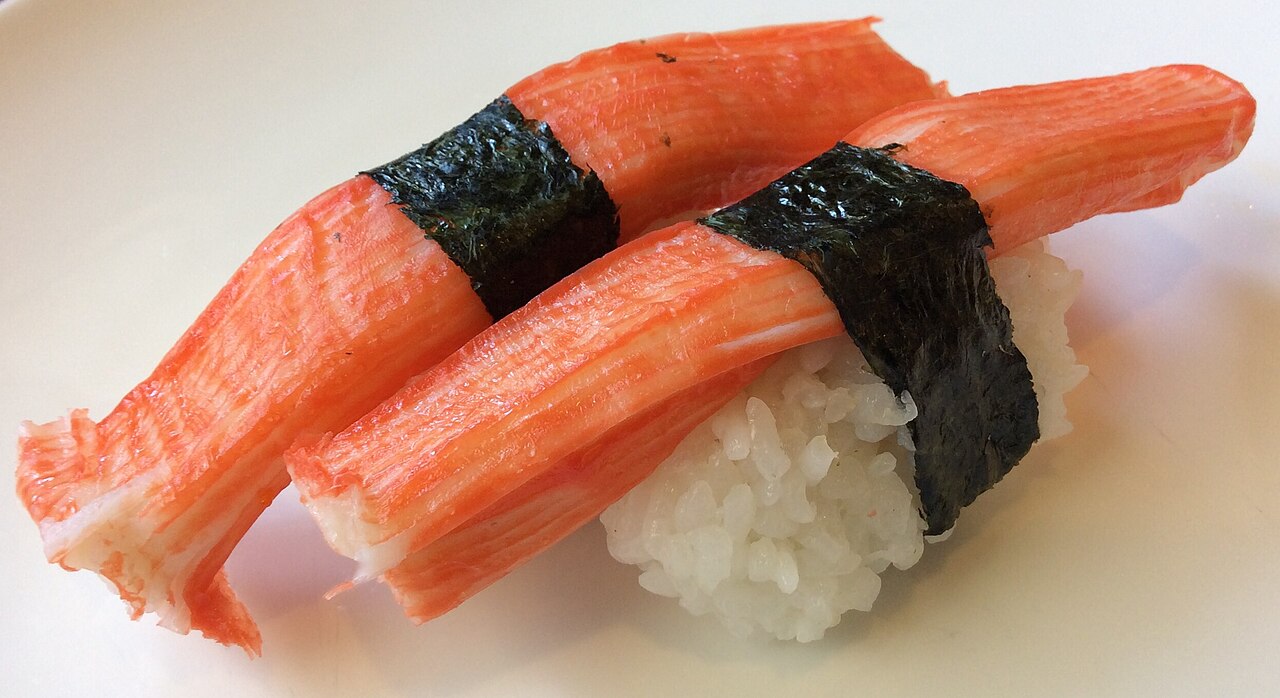







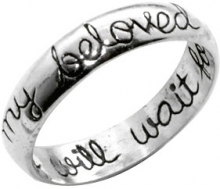




.jpg)

_with_its_prey.jpg/1280px-Polar_bear_(Ursus_maritimus)_with_its_prey.jpg)
